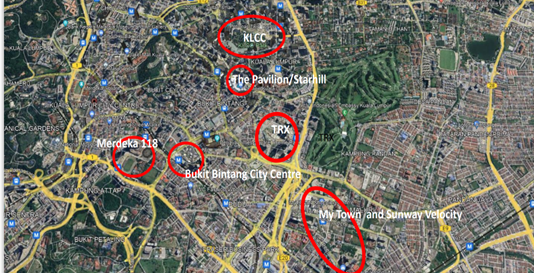There are many factors that contribute to pleasing the consumers decision making in product design. Aesthetics are frequently associated with the beauty or the outlook appearance of the product. However, the role of aesthetics is beyond that. Aesthetics in product design is about the factors that made consumers not only like but most importantly pleased to own the product.
According to Project Unified Model of Aesthetics (UMA), aesthetics in product design can be divided into 3 fundamental levels. The second level is known as cognitive, not specific to visual but cognitive aesthetics also impacted to the overall user experience, including the feel, usability, and functionality of a product. When users interact with a well-designed product, their cognitive processes are engaged in a positive way, enhancing their overall satisfaction. Two opposing aspects of cognitive aesthetics that greatly impact this process are typicality and novelty. In general, typicality refers to safety while novelty is taking a risk in consumer’s decision making. These factors guide designers in creating products that not only draw our preferences but also confront our expectations.
Typicality, in the context of cognitive aesthetics, refers to the familiarity and loyalty to established norms and standards. We as human beings are naturally drawn to the familiar and tend to find comfort in anything that aligns with our existing experience. In product design, typicality serves as a psychological security that provides consumers with a sense of safety and trust. A toothbrush with a handle at the bottom and bristles at the top is a classic example of a typical design (refer figure 1). This typical design can make a product more accessible and user-friendly; it will never hassle the users to figure out how it works.
On the contrary, novelty introduces an element of newness and uniqueness into product design. Novel designs confronted conventional and motivated curiosity. When a product comes with a new upgrade, it was supposed to stand out in a competitive market. Take, for instance, the Tesla Model S with its electric powertrain and minimalist interior. It diversified the automotive industry by introducing a unique car with unusual features and new technology. The novel approach makes the car unordinary and triggered excitement in the consumer.

Figure 2. Tesla Model S, Exterior and Interior
Nevertheless, according to the prior study, a well-preferred product is not a product with a totally new design. A good product as well gradually needs to be developed and should not remain constant in design. The balance between typicality and novelty is crucial in effective product design. A design that is too typical may blend into the background and outdated, while one that is excessively novel may confuse the consumers by being too unfamiliar or too futuristic. Therefore, Project UMA suggested that new product design should comprise of harmonious cognitive aesthetics elements, combining elements of both typicality and novelty to create a unique yet acceptable user experience.
In conclusion, the influence of cognitive aesthetics, specifically typicality and novelty, in product design is undeniable. Designers must carefully consider the balance between the two to create products that resonate with consumers, capture their imaginations, and ultimately succeed in the marketplace. When typicality and novelty are artfully integrated, they result in products that not only look good but also enrich our lives through innovative, user-centric design.
 |
Dr. Mohd Faiz Yahaya
Pensyarah Kanan
Fakulti Rekabentuk dan Senibina,
Universiti Putra Malaysia
|
Tarikh Input: 16/10/2023 | Kemaskini: 16/10/2023 | uswahhasanah
PERKONGSIAN MEDIA






























